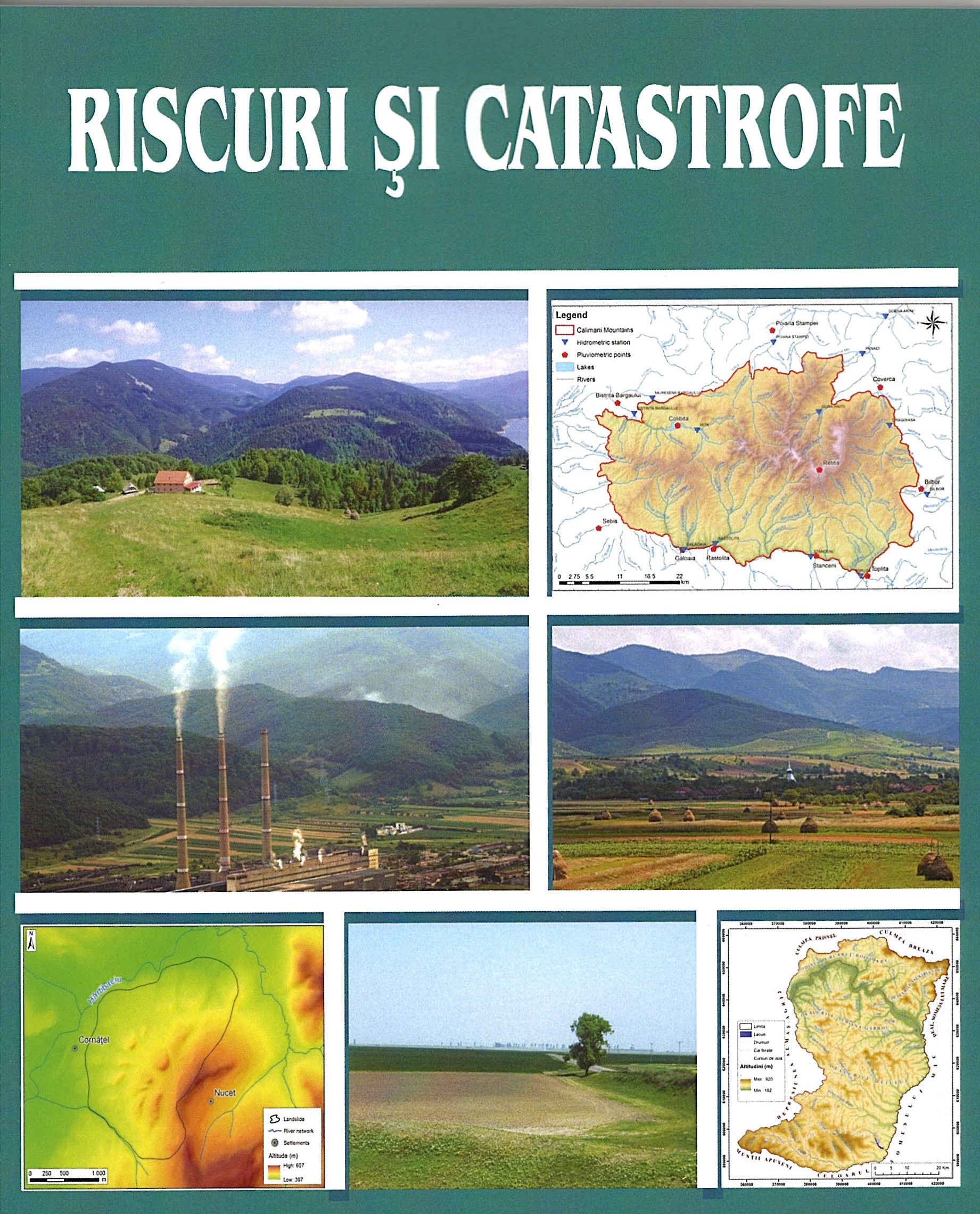Intensification of sediment loss on land surfaces in calabar river catchment, cross river state, Nigeria.
Intensification of sediment loss on land surfaces in calabar river catchment, cross river state, Nigeria.
Author(s): Moses Adah Abua, T.P. ABALI, E. I IGELLESubject(s): Geography, Regional studies, Physical Geopgraphy, Applied Geography
Published by: Editura Casa Cărții de Știință
Keywords: Intensification; Sediment Loss; Rainfall; Land uses; Calabar River Catchment;
Summary/Abstract: Soil loss is a direct consequence of soil erosion which is a function of rainfall amount, intensity and duration as well as surface configuration (relief/slope), nature of surface materials and vegetation. The study on the intensification of sediment loss on land surfaces in Calabar River Catchment, Cross River State, Nigeria was conducted, with the aim of examining intensification of sediment loss on land surfaces in Calabar. Sediment loss, rainfall amount, rainfall intensity, slope gradient, slope length, particles size and infiltration capacity were measured. Field measurement and Regression model were used in the study. The results revealed that sediment loss on the various land surfaces were 14.9477 kg/m2 for urban land surface, bare surface 33.9138kg/m2, farmland 28.7754kg/m2, grassland 33.4992 kg/m2 and forest surface 5.6646kg/m2 respectively (Table I). Rainfall amount were 41.7385mm for urban land surface, bare surface 41.7385mm, farmland 41.7385mm, grassland 41.7385mm and forest land 41.7385mm respectively. Rainfall intensity were 89.4397mm/hr for urban land surface, bare surface 75.8882mm/hr, farmland 58.2398mm/hr, grassland 47.2512mm/hr and forest land 100.1724mm/hr. Slope gradient were 52.0000% 52.0000%, 52.0000%, 52.0000%, and 47.6292% for urban surface, bare surface, farmland, grassland, forest land respectively. Slope length were 5.2020m for urban land surface, bare surface 4.0180m, farmland 4.6177m, grassland 4.5746m and forest land 15.4364m. The particles sizes result for land surface sandy, silt and clay were 58.0%, 11.0% and 31.0% respectively. Bare surface sandy, silt and clay were 49.0%, 13.0% and 38.0% respectively. Farmland sandy, silt and clay were respectively 48.0%, 18.0% and 34.0%. Grassland sandy, silt and clay were 56.0%, 12.0% and 32.0%, and forestland sandy, silt and clay were 57.0%, 7.0% and 36.0% respectively. Vegetation cover were 4.2467m2 for urban surface, bare surface 1.0263m2, farmland surface 2.3462m2 grassland surface 5.0917m2 and forest surface 7.0705m2. Infiltration capacity were 4.8200cm/hr for urban land surface, bare surface 5.9554cm/hr, farmland 4.7831cm/hr, grassland 4.5015cm/hr, and forest land 5.0723cm/hr respectively. Sediment loss was more intense on bare surface, grassland and farmland with their respective values of 33.9138kg, 33.4992kg and 28.7754kg. while forested land surface had the least sediment loss value of 5.6646kg with rainfall amount of 41.7385mm and rainfall intensity of 5.682mm/min. The regression results for the urban, bare, farmland and grassland surfaces indicated that slope gradient and slope length contributed much to sediment loss. Rainfall amount, rainfall intensity, particle size and infiltration capacity contributed little to sediment loss in urban, bare, farmland and grassland. The study recommended that sediment losses requires reforestation aim at increasing the vegetation cover and infiltration capacity of the soil.
Journal: REVISTA RISCURI SI CATASTROFE
- Issue Year: 26/2020
- Issue No: 1
- Page Range: 55-67
- Page Count: 13
- Language: English

